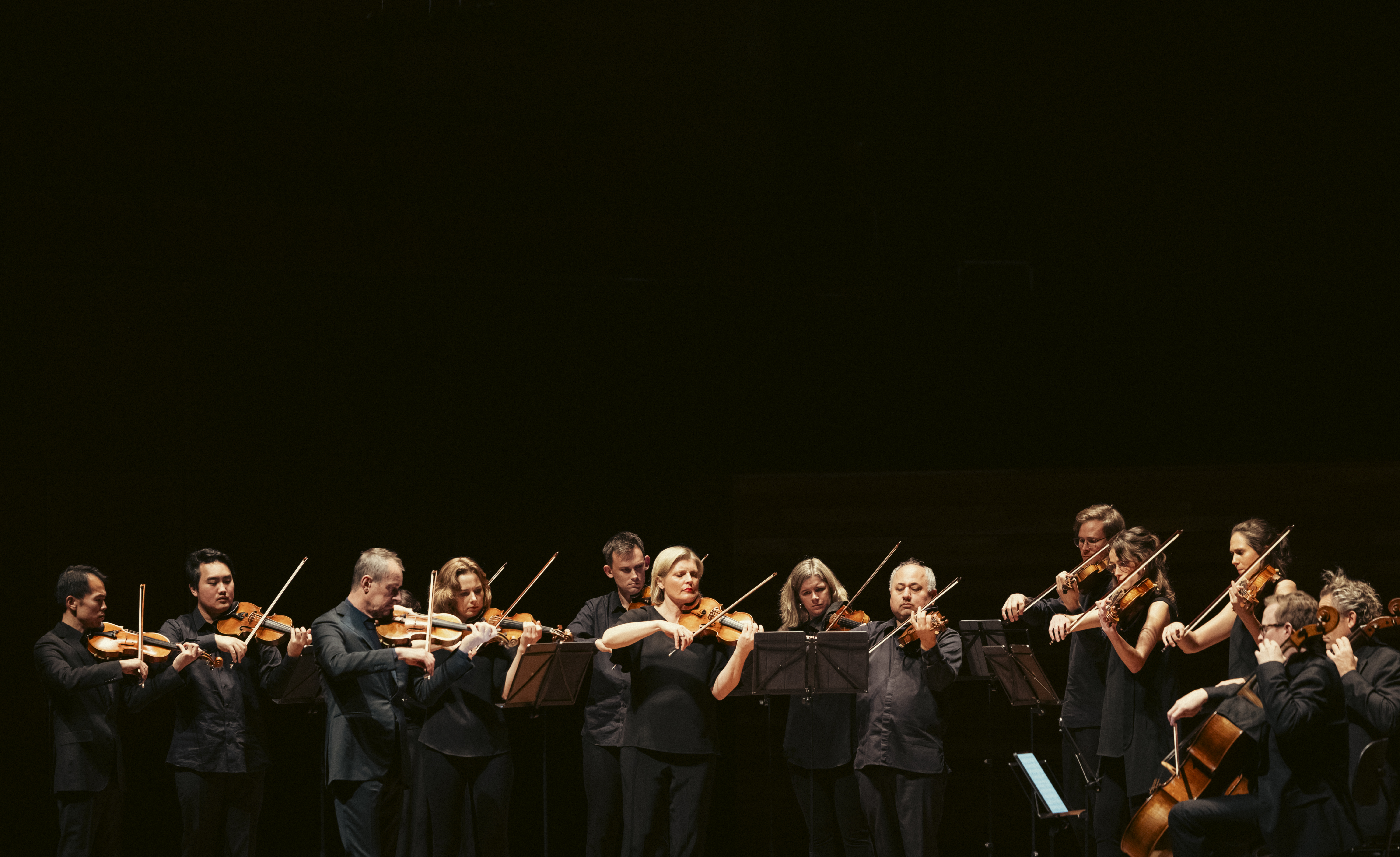
What Is A Fugue?
Discover the meaning of the musical term 'fugue'.
A single voice is heard; it is then imitated by another, at a different pitch but following the same melodic shape. There may be several such voices; their number is often indicated near the title, eg ‘à 3’ for a fugue with three voices working together. After they have all entered, the ‘exposition’ is finished. The theme may be heard again in all sorts of fragments, extensions, and permutations, across all different parts. The theme is often heard cleanly again towards the very end, to give a natural sense of closure. As you can see by that description, there is considerable freedom for ‘art’ in a fugue.
But fugues developed out of a similar technique used in developing canons. So, what is a canon?
A canon is a similar structure to the fugue. Three Blind Mice is the simplest form of canon: a round. Each voice enters at the same pitch, at a fixed time after the previous voice, and goes through the entire subject until the end (at which point, as any parent on a long car trip knows, it can begin all over again). Other canons may have a ‘following’ voice which enters at a different pitch but must follow the same pattern of intervals as its ‘leader’. The distance between the starting notes of the two voices is sometimes in the title, eg ‘canon at a 9th’ would have the following voice enter nine tones below the leading voice. Pachelbel's famous Canon is an example of a canon at the unison, with each new voice entering exactly the same as the first every two bars. It is also an example of an ‘accompanied canon’, as the three upper voices are set over a ground (repeating) bass line. We don’t call it a fugue, because a fugue would have a theme which is developed – altered, imaginatively re-worked in sections – but the Canon is just a continuous flow.
Bach was a master at composing canons, and they appear frequently in his works, including throughout the Goldberg Variations, and most spectacularly in The Musical Offering of 1747, written for Frederick the Great on the King’s own theme.
According to legend, after being given the theme and improvising on it to the astonishment of all, Bach knew his own limits and didn’t attempt to make up a fugue ‘à 6’ on the spot, although he did apparently manage one ‘à 4’. He fulfilled the request for the six-voiced fugue later, in the written-out Musical Offering. Bach's mastery of canon writing was such that he would often write ‘puzzle canons’ – where the performer is only given one short line of music and must ‘figure out’ how it must be imitated (at an interval, upside down, etc.) in order to produce the other voices. One such puzzle canon in The Musical Offering is even headed “Quaerendo invenietis” – seek and you shall find!